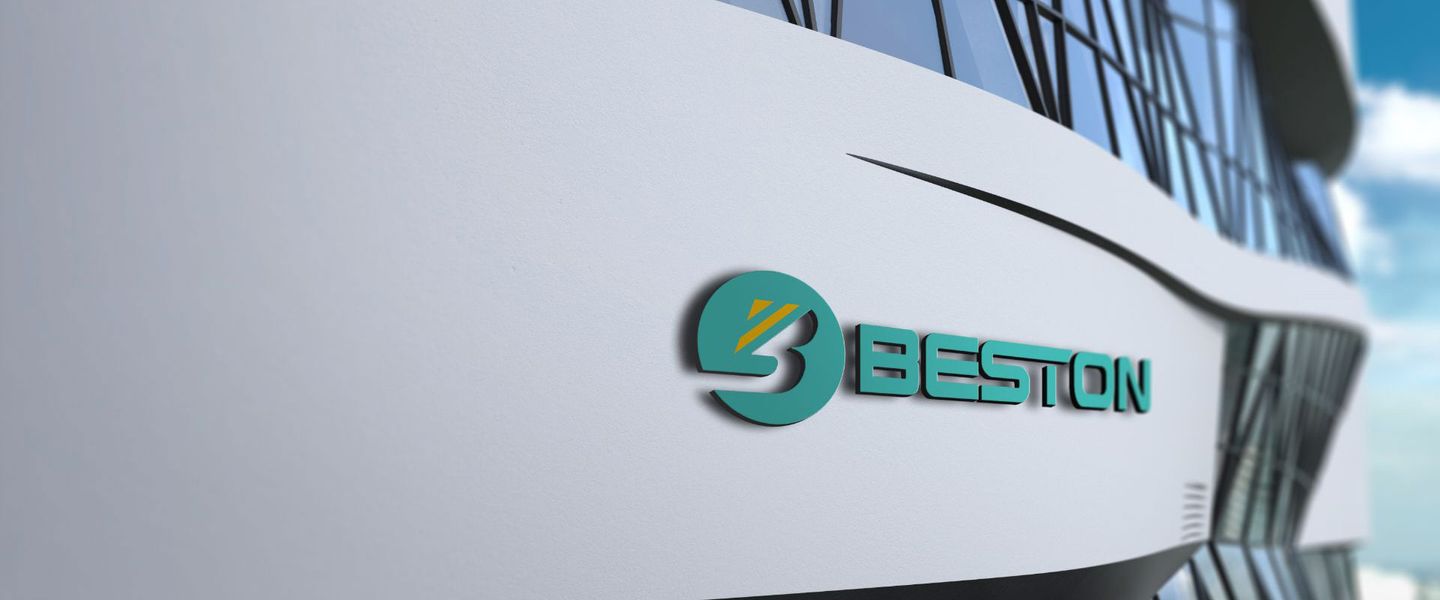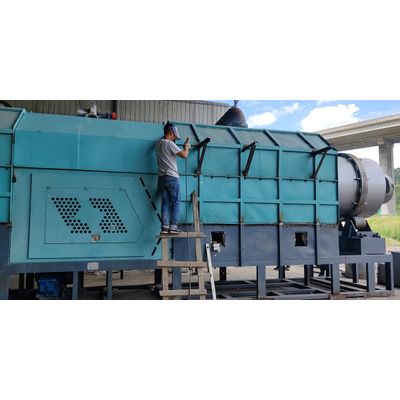

- Home
- Companies
- Beston Group Co., Ltd.
- Articles
- Sustainable Solutions: The Eco-Friendly ...

Sustainable Solutions: The Eco-Friendly Advantages of a Charcoal Making Machine
The two main varieties of charcoal making machine: batch type and continuous type. Both of them are easy to operate and install. They can be completely sealed to avoid dust from flying across the production area. They can process different materials and are utilized to create both dry and wet charcoal. As oil storage is becoming scarce worldwide, charcoal is a great fuel alternative. Charcoal is cheap, easily stored and transportable, and easy to use. However, determining the best machine for your business may require some study.
Beston Charcoal Making Machine
The Beston charcoal making machine has some great benefits of high output rate and quality product. It can be used to process any type of biomass waste, including wood, palm shells, bamboo, sawdust, and diesel. This machine is built with special materials to last for a long period. This machine is exported to numerous countries, including Malaysia, Australia, and Ukraine. Moreover, its energy-saving features and low prices help it become a perfect selection for small, and medium-scale producers.
Carbonization Technique of Wood
The carbonization procedure of wood in the charcoal making machine involves substantial heat flows, which affect the quality and efficiency of charcoal production. This procedure could be understood using a heat balance diagram. However, the principles usually are not challenging to grasp. As an example, inside a carbonization process, the input heat must come from the burning of your fuel, usually wood. Hence, if you have no additional heat source, the charcoal production process will not occur.
Raw Materials Found in Charcoal Making Machine
You can find three simple measures to make charcoal. The first step is carbonization, which is carried out in a charcoal kiln. The disadvantages of this method are it produces huge smoke, requires long carbonization time, and plays a part in pollution. This is why many charcoal makers are now switching to a charcoal carbonization furnace. Allow me to share many of these steps and their benefits. Once you know how these processes work, you could start making charcoal for your use.
Carbonization Furnace
The carbonization procedure of a charcoal making machine starts with the heating of raw material. After the biomass reaches charring temperature, it is actually sent in the inner cylinder of a carbonization machine. It then dries out with a spiral quantitative conveyor. After the carbonization process, the raw material is discharged automatically. The produced combustible gas is reused and may substitute LPG for heating the reactor, which saves energy costs. The charcoal produced is referred to as wood charcoal.
Combustible Gas Employed to Heat Dryer
Charcoal making machines are generally provided with different parts. These parts are the carbonization host, drying pretreatment system, slag discharging system, combustible gas condensing system, dust removal system, feeding system, as well as other parts. Charcoal making machines support biomass pyrolysis. For this specific purpose, the Beston Group provides charcoal making machines. This equipment is designed according to the needs and requirements of diverse customers.
Charcoal Briquette Maker
A Charcoal briquette maker machine could be used to make charcoal briquettes from a variety of materials. Many of the most common carbonized materials are coconut shells, sawdust, woodchips, bamboo shavings, chestnut shell, and corn stalks. Many other materials used to make charcoal briquettes include rice husks, corn stalks, and sunflower stalks. These materials must be ground in a fine powder in order to create a briquette.


